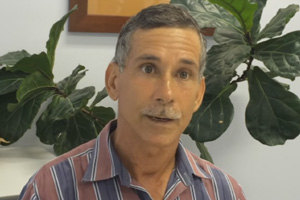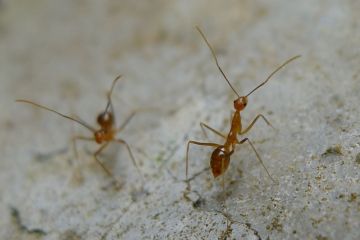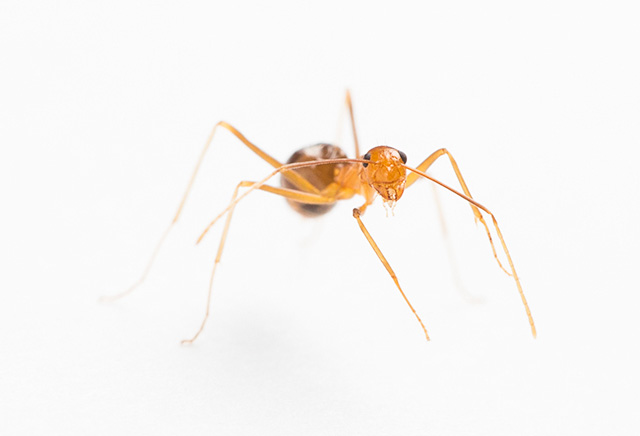
Frank Teodo lives in idyllic country south-west of Cairns, surrounded by rainforests, sugar cane and mango trees.
Frank had the misfortune to be one of the first people in the Queensland wet tropics to experience yellow crazy ants when they invaded the area around his property. Unfortunately, the climate of the wet tropics is ideal for yellow crazy ants.
In this new two-and-a-half-minute video video, Frank describes how the ants grew to a super colony and the shocking impact they had on him, his pets, property and the surrounding wildlife.
Since then Frank has worked tirelessly to share his story, because he is sure that if people realised what these invasive acid-spraying ants are capable of doing then they would surely act.
An eradication program has brought the ant numbers down allowing Frank to ‘live a normal life in his home’, but the funding is about to run out and the ants have not yet been eradicated.
Knowing what these ants can do, Frank and many other people in the Cairns region feel that they cannot rest until funding for the eradication has been secured. So far, the governments are not listening.
We can’t risk a repeat of what happened on Christmas Island, where yellow crazy ants have already created an ecosystem collapse by wiping out more than 15 million native crabs and severely damaging forest trees. In the wet tropics the ants could create just as much havoc and even wipe out ground nesting birds like the iconic cassowary.
We need more people to tell the Queensland and Australian Governments that they must act to eradicate yellow crazy ants in the wet tropics.
We cannot wait until the ants are widespread and everyone knows how bad the problem is to demand action, because by then it will be too late.
We have created a simple online form so you can write to our government decision makers to ask them to continue the eradication program. It only takes a couple of minutes to add your voice.




